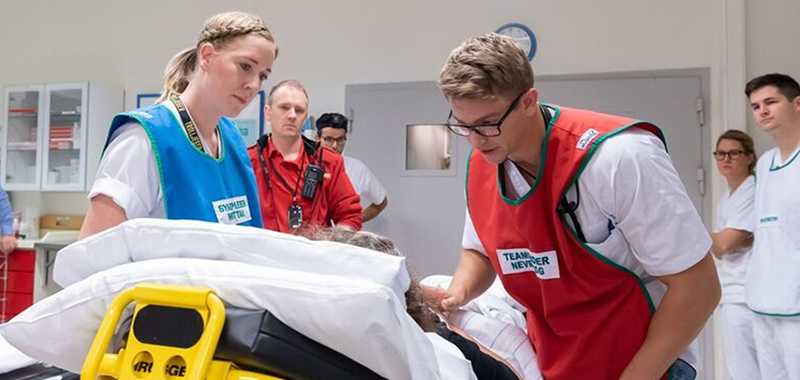
This article was published in Norway Today. It is republished with permission from Norway Today Media AS
Photo: Stavanger University Hospital
Stavanger University Hospital (SUS) has halved the time it takes for a patient to enter the door to the start of their medical treatment. No one in the world reports faster treatment time.
Every minute counts during a stroke, and in Stavanger they have researched and trained how they can shorten what they call “the door-to-needle time”, writes Stavanger Aftenblad. This is the time when a patient arrives at the hospital and they insert the needle for treatment with intravenous thrombolysis. Over the course of three years, the median time has been reduced from 27 to 13 minutes. No hospital in the world reports shorter median times.
“The results of the reduction of this time causes fewer patients to die, and patients experience milder or no injury. Our goal with this, the time between should be as short as possible before they receive treatment, from the moment their call to 113 is answered,” says Soffien Chadli Ajmi. Ajmi is the lead author in a research article that shows that SUS now has record low treatment times for stroke victims.
The hospital has about 500 stroke patients a year, of which 150 patients receive thrombolysis, a treatment that will dissolve blood clots in the brain. In its efforts to cut time consumption, SUS has trained systematically.
“It can be compared to football. To get to the top of the world, you have to train a lot,” says section doctor Martin Kurz laughing.
Authors: Camilla Nordmann, Nina Vatland, Peter Dieckmann, Une Stømer and Thor Ole Gulsrud, University of Stavanger



